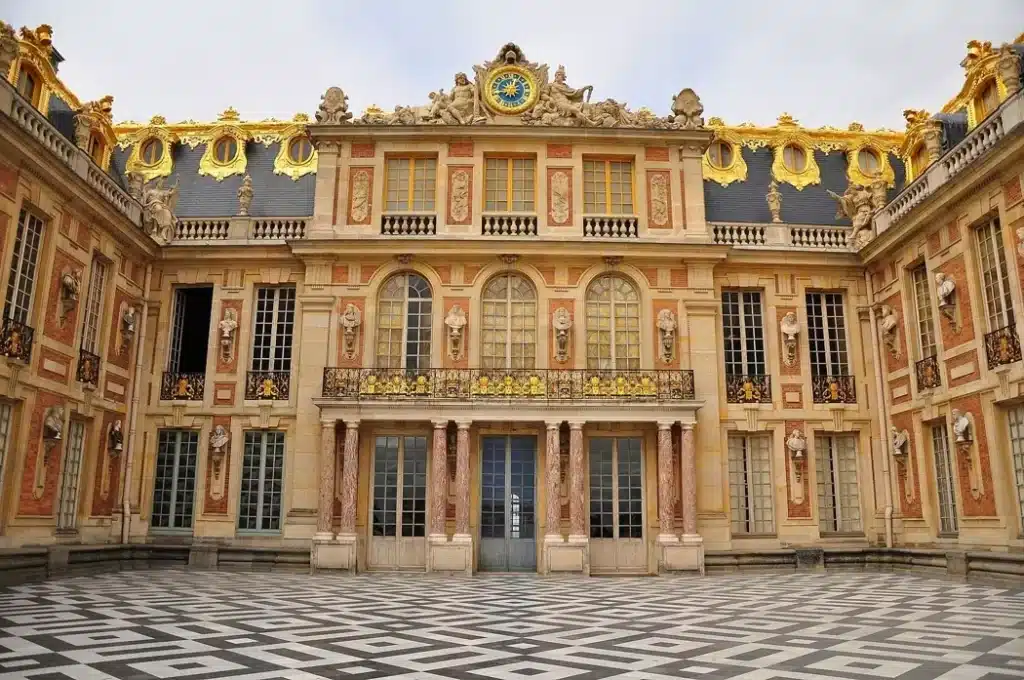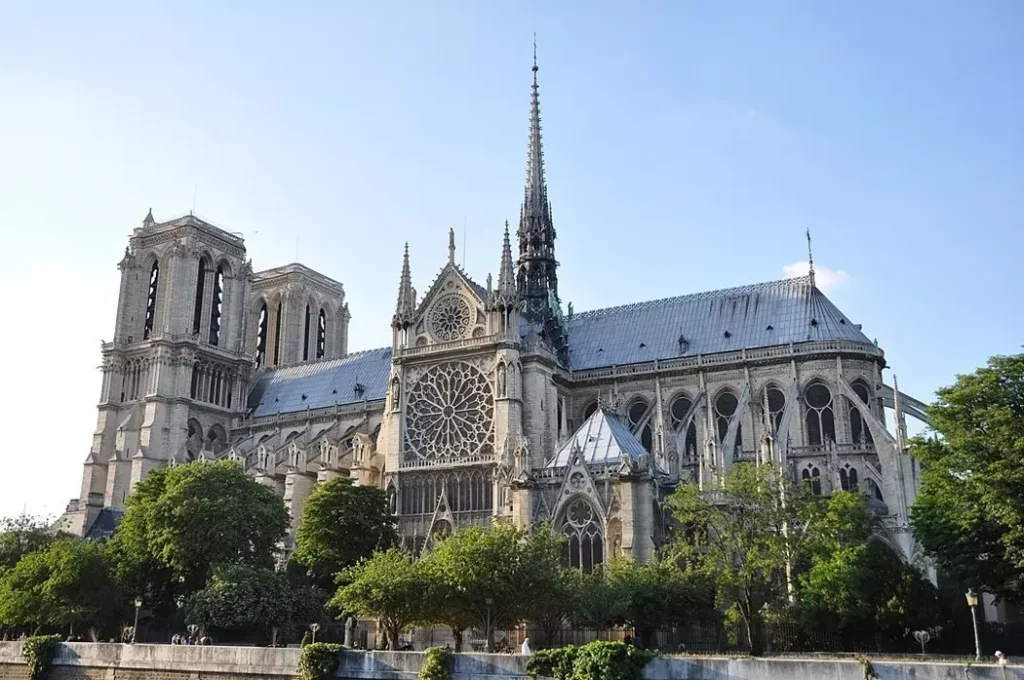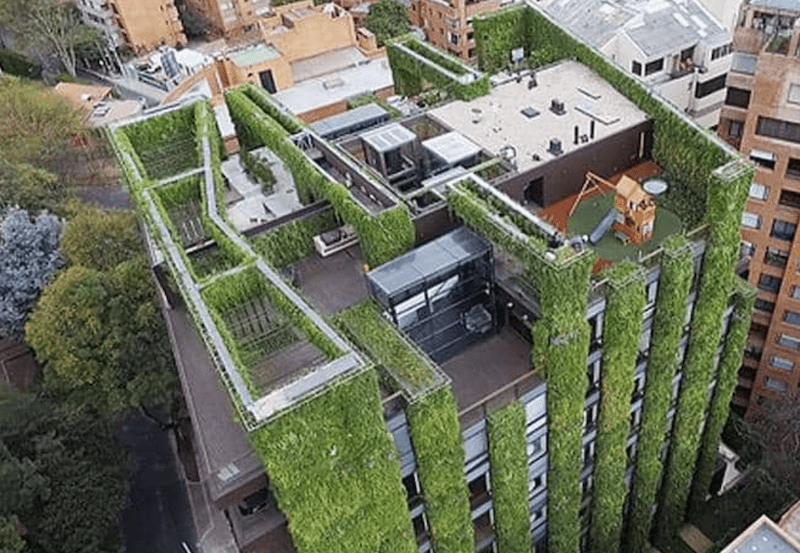France stands as one of the richest countries in terms of architectural heritage, showcasing French architecture history through buildings, churches, castles, and palaces that still stand today. This architecture reflects cultural diversity, religious transformation, and political shifts across centuries.
This article focuses on the evolution of architecture in France from the Roman era to the modern age, highlighting major architectural styles and their characteristics, without personal narratives or travel experiences.

Roman Era: The Foundation of Engineering
The Romans introduced a legacy of structural precision and functional design. They built bridges, theaters, and temples such as Maison Carrée in Nîmes, a well-preserved temple dating back to the 1st century AD. It remains a striking example of symmetry and simplicity in construction.
Another significant structure is the Pont du Gard , an impressive multi-tiered aqueduct that combines elegance with utility.
Romanesque Era: Birth of French Architectural Identity
Following the fall of the Roman Empire, the Romanesque style emerged in the 10th century, particularly in monasteries and churches. Characterized by thick walls and barrel vaults, it can be seen in structures like the Abbey of Sénanque , completed in 1148.
This period marked the beginning of a distinct French architectural expression, where religious life played a central role in shaping monumental buildings.

Gothic Era: Urban Transformation
In the 12th century, the Gothic style transformed French cities with new features such as pointed arches, ribbed vaults, and flying buttresses. One of the most famous examples is Notre-Dame Cathedral in Paris, begun in the 12th century and completed in 1345.
This period also saw the construction of fortified cities like Carcassonne , whose medieval walls remain intact today.
Renaissance: Italian Influence and Renewal
During the 16th century, France adopted Renaissance ideas from Italy, evident in the design of Loire Valley châteaux , such as Château de Chambord , completed in 1547. This era was marked by simple decorations, arched windows, and balanced proportions inspired by Italian architecture.to French architecture history

Baroque Style: Architecture as Power
In the 17th century, the Baroque style emerged, reflecting royal authority. It emphasized grandeur through domes, columns, and wide façades, as seen in Versailles Palace , which began construction in 1634. Designed to symbolize centralized power, it became a model for royal residences.
Rococo: Elegance and Decoration
In the 18th century, the Rococo style appeared, known for its elaborate ornamentation and curved forms. It was widely used in interior design, as exemplified by the Galerie des Glaces (Hall of Mirrors) at Versailles, completed in 1684.
Neoclassicism: Return to Simplicity
Toward the end of the 18th century, there was a return to clean lines and classical influences based on Greek and Roman architecture, as seen in the Petit Trianon , completed in 1764.

Haussmannian Architecture: Reshaping Cities
In the mid-19th century, Georges-Eugène Haussmann led a major urban renewal project in Paris, introducing wide boulevards, uniform building facades, and modern infrastructure including sewage systems and gas lighting. This approach became a model for modern city planning in France.
Modern Era: A Leap into the Future
France entered the modern architectural era with the Eiffel Tower (1889), followed by contemporary landmarks such as the Louvre Pyramid (1989) and the Louis Vuitton Foundation (2014), which combine bold design with advanced technology.

Summary Table of Major Architectural Styles in France
| Period | Timeframe | Key Features |
|---|---|---|
| Roman | 1st century BC – 5th century AD | Strong structures, practical use, symmetry |
| Romanesque | 10th – 11th century | Barrel vaults, thick walls, simple design |
| Gothic | 12th – 16th century | High ceilings, rose windows, external supports |
| Renaissance | 16th century | Italian influence, light decoration, balance |
| Baroque | 17th century | Grandeur, domes, columns |
| Rococo | 18th century | Excessive ornamentation, soft colors |
| Neoclassical | Late 18th – 19th century | Clear lines, use of Greek and Roman columns |
| Haussmannian | Mid-19th century | Wide streets, unified buildings, urban infrastructure |
| Modern | 20th century | Use of technology, unconventional designs |
Frequently Asked Questions about French Architecture
Was French architecture influenced only by European styles?
Yes, French architecture was primarily influenced by European styles such as Romanesque, Gothic, and Baroque, but it adapted them to reflect local culture and geography.
What is the difference between Rococo and Baroque styles?
Baroque emphasizes grandeur and strength, while Rococo focuses on delicate decoration and informal details, often appearing less formal than Baroque.
Why is Haussmann important in French architecture?
Haussmann reshaped Paris through comprehensive urban planning, improving infrastructure and giving the city its iconic appearance with wide avenues and consistent building facades.
ArchUp Opinion
French architecture history represents a unique blend of continuity and innovation. Each era contributed something new without losing touch with earlier foundations. However, some styles, such as Rococo, were arguably overused and contributed to perceptions of excess detached from functionality.
In the modern era, there is a strong emphasis on aesthetics and technological advancement, sometimes at the expense of the building’s core function. This raises questions about the priorities in contemporary architectural design.







